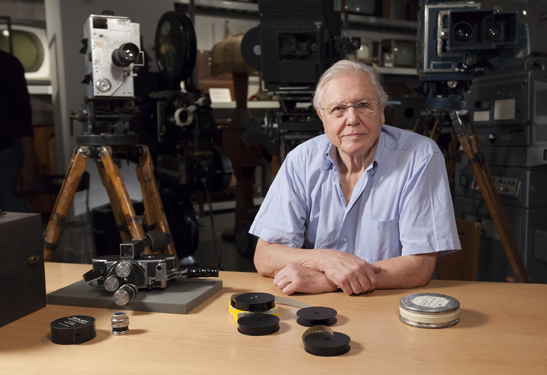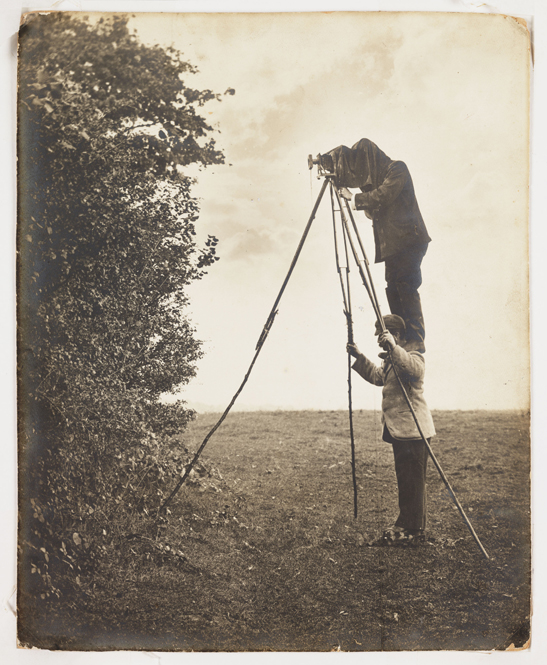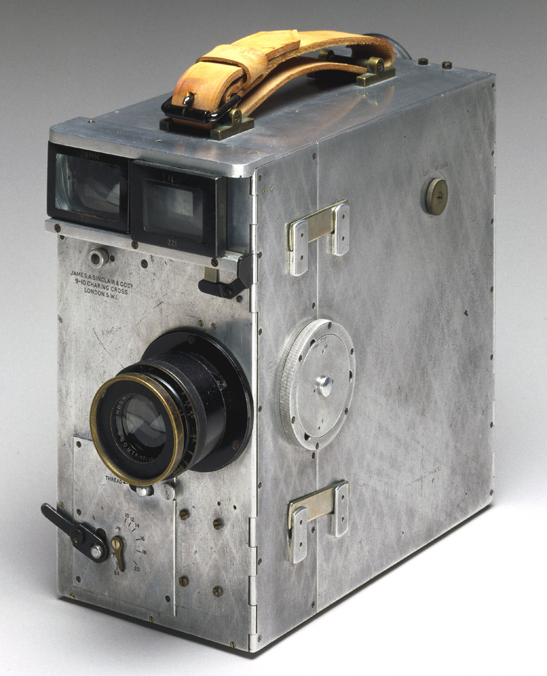We get lots of requests from TV companies asking to film in the museum or feature objects from our collection in programmes they’re making about photography, television, film or the internet.
Film crews always spark interest among staff and visitors alike, especially when a recognisable name is involved. Earlier this year, the name was one of the most recognisable you can imagine: Sir David Attenborough.

Despite being the person who introduced colour TV to Britain (as Controller of BBC2 in the 60s) it is probably Sir David’s role as a naturalist and broadcaster for which he is most recognised. It is this very subject that brought him and his crew to the museum, filming for the first episode in a new series looking back at his career in natural history—Attenborough: 60 Years in the Wild.
He looked through items in our collection to demonstrate the technology available when he started in television. And while reminiscing about his earliest inspirations, he watched a film by one of the very first British naturalist film-makers—Cherry Kearton—in our Cubby Broccoli Cinema.

Sir David then headed to Insight: Collections & Research Centre, which houses amazing photographic and cinematographic treasures, to take a look at some of the film-making equipment used in early documentaries.
He first looked at a 35mm cine camera designed by Cherry Kearton himself, which we have in the collection. Kearton, a pioneering naturalist, photographer and film-maker used the camera to make his 1935 natural history film The Big Game of Life, and although used to good effect, it had its downsides.

Sir David compared this large, hand cranked, wooden 35mm cine camera to the Newman Sinclair Autokine 35mm Model E. Autokine cameras were very popular with newsreel and documentary film-makers because of their lightness and reliability. Several different models were introduced from 1927 onwards. The camera was powered by a double spring clockwork motor—a single wind being sufficient to record on 200 ft of film.
However Sir David explained that he successfully argued to take the Paillard-Bolex H16 on his first filmed ventures. He considered its small size and even smaller film reel (16mm) as an asset, despite others at the BBC considering it to be ‘unprofessional’.

Introduced in 1935, the Swiss-made H16 was the top of the range of Bolex cine cameras. Versatile and extremely well made, it became the camera of choice for many film-makers and wealthy amateurs. And it is the camera used to make Attenborough’s first great success for the BBC—Zoo Quest.
Attenborough: 60 Years in the Wild starts on Friday 16 November 2012 on BBC2.